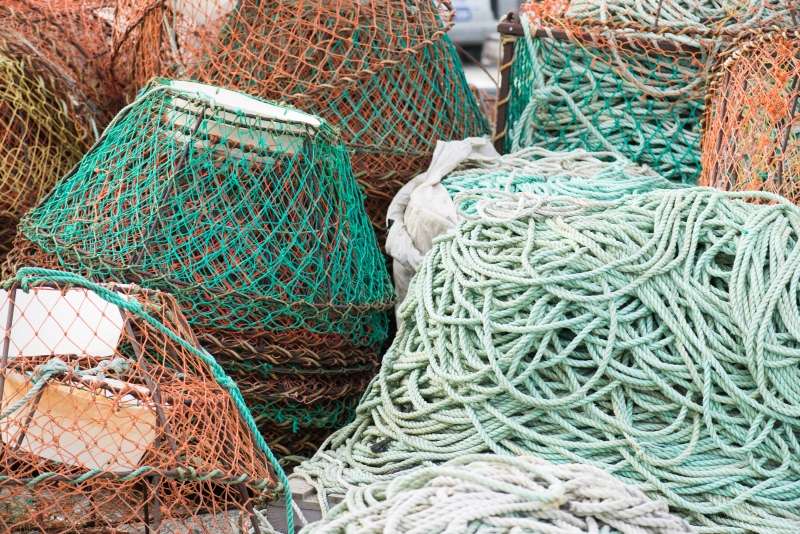Right kind of collaboration is key to solving environmental problems

Society's ability to solve environmental problems is tied to how different actors collaborate and the shape and form of the networks they create, says a new study from researchers at Stockholm Resilience Centre which is published in the journal Science.
The coming decade may determine whether humanity will set a course toward a more socially and ecologically sustainable society. A crucial part of this goal is to develop a better understanding of how cooperation can be improved and become more effective, both within and among private stakeholders and public institutions.
"Collaborative governance is often highlighted as a solution to different environmental problems. For example, when small-scale fishermen agree to avoid overfishing or when states agree to reduce greenhouse gases. But we don't know so much about how cooperation around environmental issues works in a complex world. Different actors want different things, different environmental problems are related to each other, and different groups have differing amounts of influence. Does cooperation actually lead to a better environment?" says Örjan Bodin, lecturer at the Stockholm Resilience Centre who conducts interdisciplinary research on better ways to handle diverse environmental problems.
One way to delve into these questions has been to study how different collaborative initiatives have engaged different actors and how these actors have chosen to work with each other. An 'actor' can be an individual, like a fisherman, but it can also be a city, business, non-profit or a country. Through studying these collaborative networks we develop a better understanding of how actors, both as a group and as individuals, act when confronted with different environmental problems.
"Our research shows that the ability to solve environmental problems is in part connected to the way these networks are structured – the patterns of collaboration between actors," says Örjan Bodin.
The research shows that certain patterns are more suitable for solving different types of shared problems. For example, if the problem implies a high risk of actor free-riding on others' efforts, the situation is improved by tightly linking the actors together. This could mean that two actors who cooperate with the same, third actor should also cooperate directly with each other, forming a triangle of cooperation.
"It also makes a difference whether the environmental problem is temporary or more permanent. If it's temporary it can be more effective to have a cooperative network with a clearly chosen coordinator or leader to hold it together," says Örjan Bodin.
The study also shows how the ability to solve problems even depends on how a network 'aligns' with the structures and processes found in the affected ecosystem. This means, for example, that if two actors deal with two different yet interconnected parts of the ecosystem they should work together.
"A good socio-ecological 'fit' would increase the possibilities of effectively solving environmental problems. So, for example, the development of sustainable fishing could be helped if two fishermen who fish for the same species collaborate with each other," says Örjan Bodin.
More information: Örjan Bodin. Collaborative environmental governance: Achieving collective action in social-ecological systems, Science (2017). DOI: 10.1126/science.aan1114
Journal information: Science
Provided by Stockholm University

















